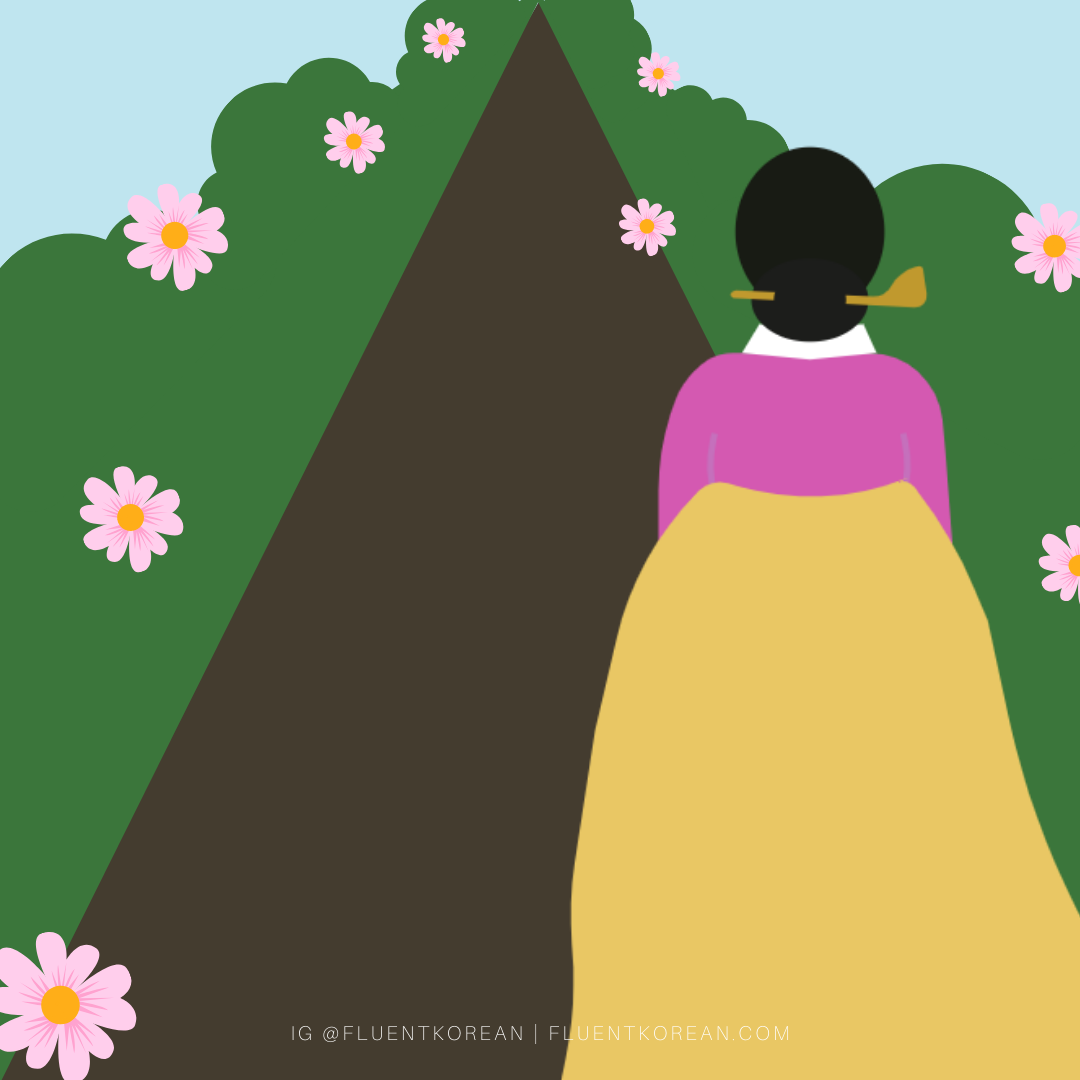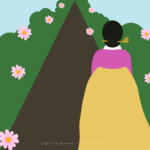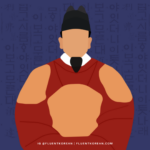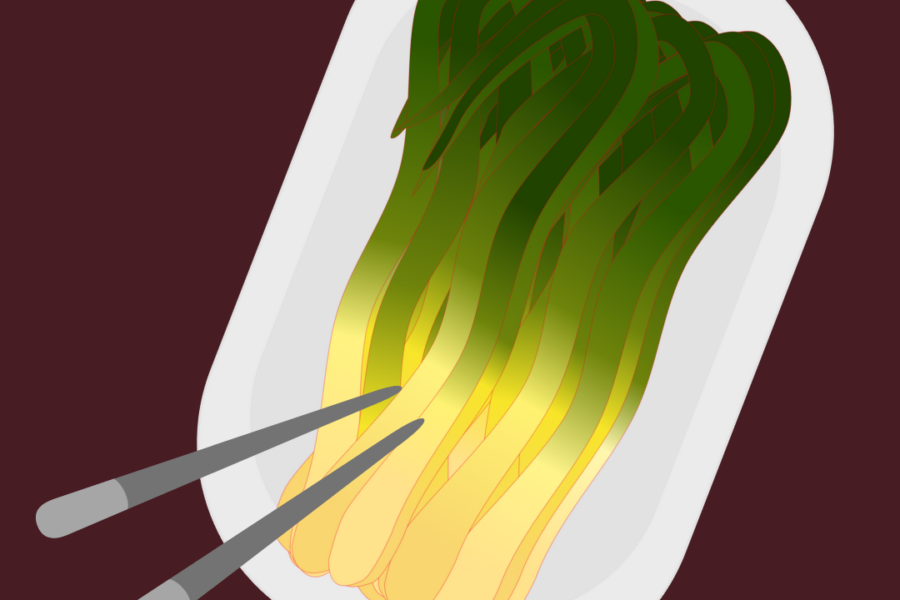
Test your knowledge of Korean culture and history!
The correct answer is gisaeng!
Gisaeng were elite courtesans who were both educated and emancipated during the Joseon Dynasty. They were also technically sex workers and slaves that belonged to the Cheonmin class.
Joseon had four major social classes:
1. Yangban (양반): Civil and military officials, aristocrats
2. Jungin (중인): "middle people" low bureaucrats and highly skilled people who helped the Yangban class rule the lower classes
3. Sangmin (상민): "clean commoners" which included peasants, laborers, fishermen, etc.
4. Cheonmin (천민): "vulgar commoners" and slaves which included butchers, shamans, gisaeng, jailkeepers, etc.

The Goryeo Dynasty falls in 1392. In 1388, General Yi Seonggye of Goryeo is ordered to settle a dispute at the border, but instead turns his troops around and rebels against the Goryeo court.
He is crowned King in 1392 which officially ends the Goryeo Dynasty and marks the beginning of the Joseon Dynasty.
In the myth, the god Hwanung (환웅) gives them cloves of divine garlic and a bundle of mugwort and tells them to eat this sacred food and avoid sunlight for 100 days. After about 21 days, the tiger gives up and leaves the cave in search of better food. The bear, on the other hand, perseveres and becomes a human woman named Ungnyeo (웅녀) or bear woman.
Authorship is attributed to Heo Gyun.
Im Kkeokjeong (1521-1562) is a Korean folk hero who led a peasant rebellion due to heavy taxation and is believed to be the inspiration behind this story.
Hwal Bin Dang is the name of Hong Gil Dong's group of bandits who steal from the rich to give to the poor.

 Read more about gisaeng here.
Read more about gisaeng here.














